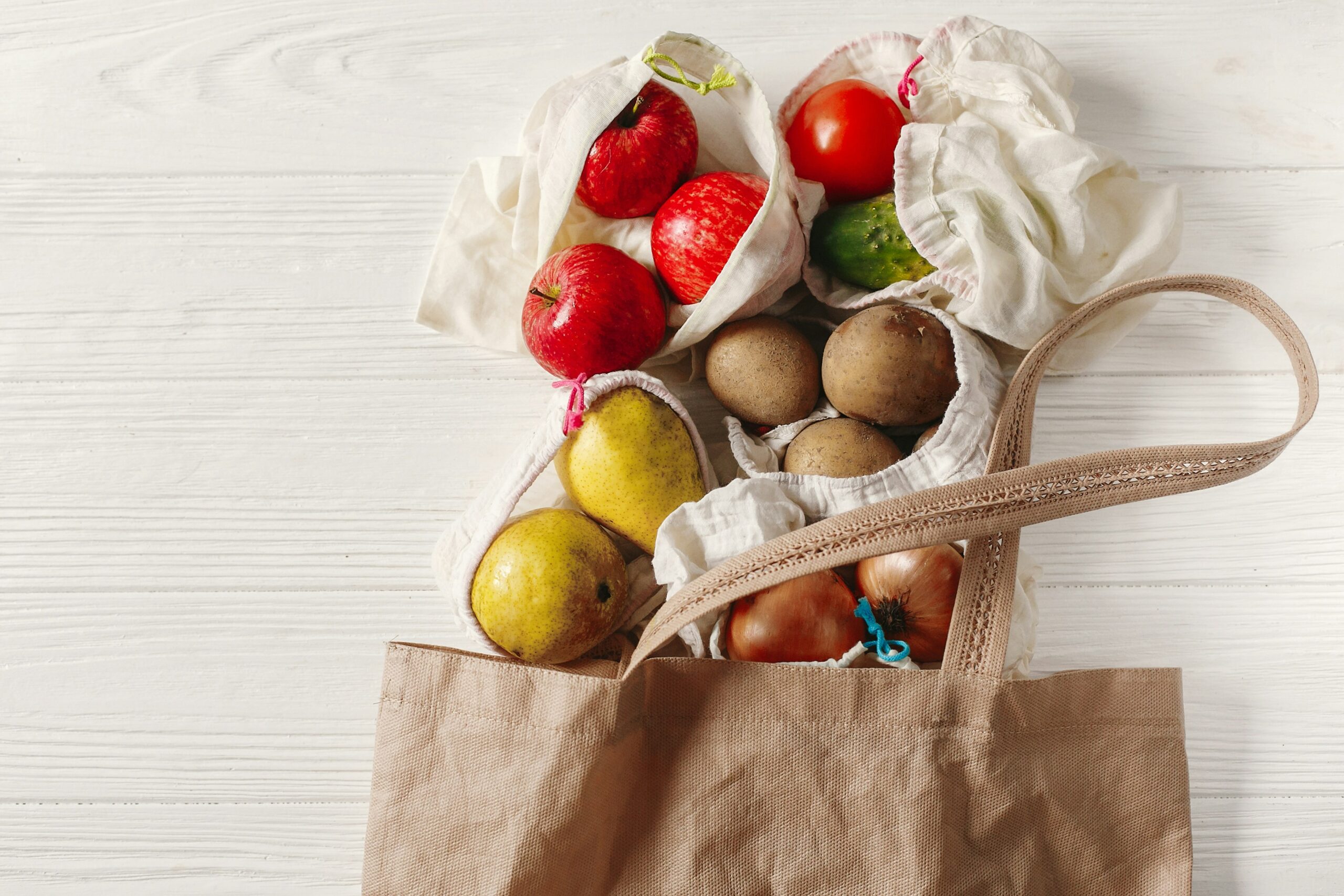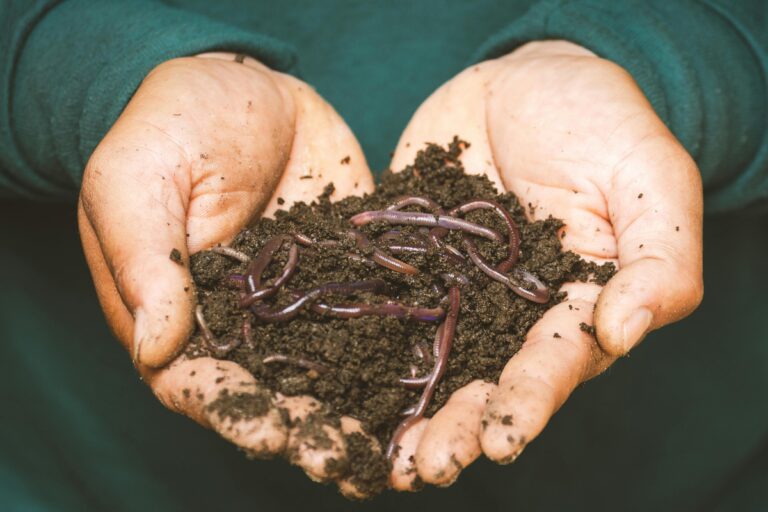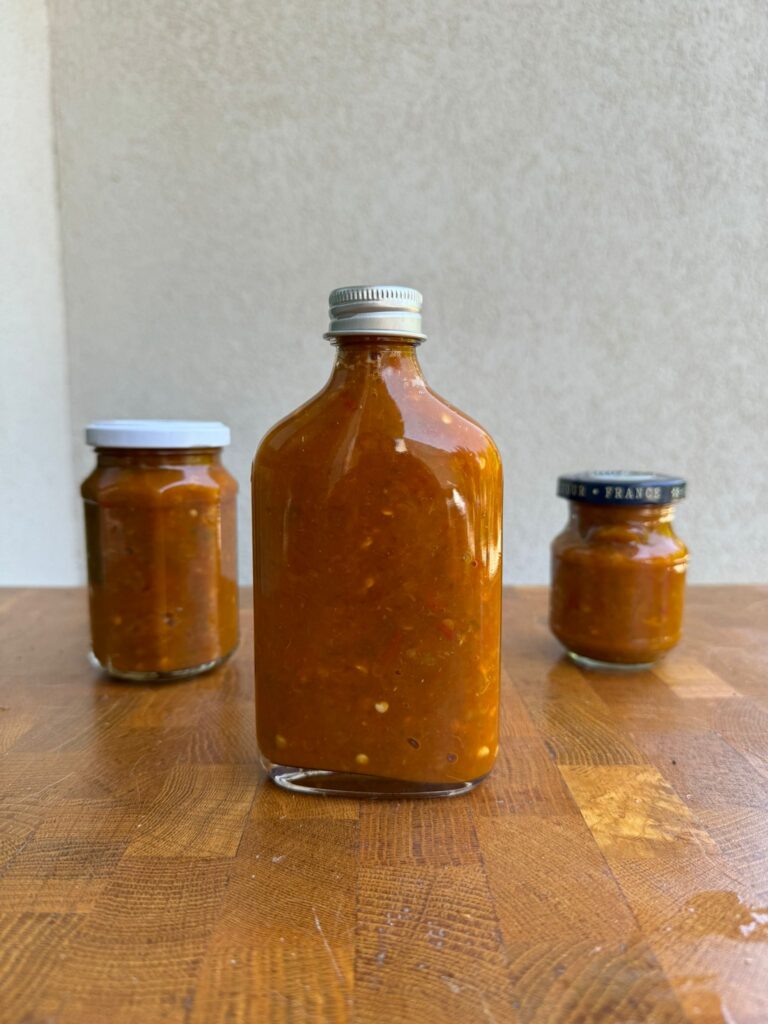How to Shop Zero Waste at the Grocery Store
Are you looking to reduce your environmental impact and shop more sustainably? One way to do so is by adopting a zero waste approach to grocery shopping. By making conscious choices and reducing the amount of packaging waste you bring home, you can make a positive difference for the planet. In this blog post, we will discuss how to shop zero waste at the grocery store, providing you with tips and strategies to help you on your journey towards a more sustainable lifestyle.
Understanding Zero Waste Shopping
Zero waste shopping embodies the principle of eliminating unnecessary waste generated from our daily grocery purchases. It challenges the conventional shopping mindset by encouraging consumers to steer clear of products wrapped in excessive packaging, especially single-use plastics, and to gravitate towards goods that are either unpackaged or contained in materials that are easily recyclable or compostable. The ethos behind this approach is to engage in a more thoughtful and deliberate manner of consumption, prioritizing the purchase of goods that support not only our health but also the health of our planet. Engaging in zero waste shopping requires a shift towards more sustainable habits, such as selecting products with minimal environmental footprint and investing in reusable options for carrying and storing groceries. This mode of shopping isn’t merely about refusing plastic bags at checkout; it extends to making holistic decisions that align with a sustainable lifestyle, including choosing to support brands and establishments that are committed to reducing waste in their operations. By embracing zero waste shopping principles, individuals can contribute to a larger movement aimed at curbing the tide of waste overwhelming our ecosystems, ensuring a cleaner, more sustainable world for future generations.
Preparing for Your Zero Waste Shopping Trip
Embarking on a zero waste shopping journey begins long before you step foot in the store. The key to success lies in meticulous preparation. Start by assembling an arsenal of reusable items: tote bags for your groceries, mesh or cloth bags for produce, and various containers and jars for bulk purchases. These tools are essential for avoiding disposable packaging and reducing your waste output.
Next, strategize your shopping expedition by creating a detailed list of necessities. This step is crucial for sidestepping the temptation of impulsive buys that can often lead to unnecessary packaging waste. Additionally, consider meal planning for the week ahead. This not only ensures you purchase only what you need, minimizing food waste, but also allows you to identify which items you can buy in bulk or without packaging, further aligning with zero waste principles.
Equally important is familiarizing yourself with the layout of your chosen store or markets you plan to visit. Knowing where bulk items, loose produce, and other zero waste options are located can streamline your shopping process, making it more efficient and less overwhelming. By taking these preparatory steps, you’re not just readying yourself for a shopping trip; you’re setting the stage for a more sustainable lifestyle choice that benefits both you and the environment.
Choosing the Right Stores for Zero Waste Shopping
Identifying establishments that align with zero waste objectives is pivotal in successfully adopting this eco-conscious shopping method. Many traditional grocery stores are gradually incorporating more bulk buy sections and offering a wider selection of unpackaged produce, but some are more advanced in their commitment to sustainability than others. Farmers’ markets and local co-ops often naturally adhere to zero waste principles, providing fresh, package-free options directly from producers. Additionally, specialty zero waste shops are emerging, dedicated entirely to offering goods without disposable packaging, from food items to personal care products. Engaging with these types of stores not only facilitates a zero waste lifestyle but also fosters a sense of community and supports local economies. Before heading out, a quick online search can reveal which shops in your area are most conducive to zero waste shopping. Social media platforms and zero waste blogs can also be valuable resources for finding recommendations and tips on specific places known for their minimal waste policies. Opting to shop at stores that prioritize the reduction of packaging, support bulk purchasing, and champion local and sustainable goods can significantly enhance your ability to shop without generating waste.
Buying in Bulk the Zero Waste Way
Buying in bulk is an effective strategy for adhering to zero waste principles while ensuring you have ample supplies of your essentials. To embark on this eco-friendly shopping method, it’s essential to come prepared with your own containers. Jars, cloth bags, and bottles can be filled with a variety of bulk items such as cereals, pasta, dried fruits, and liquids like oils and vinegars. Before adding your desired products, remember to weigh your empty containers; most stores have scales available for this purpose. This step is crucial as it allows the store to subtract the weight of the container (the tare weight) at checkout, ensuring you only pay for the product itself.
Navigating the bulk section efficiently also involves being familiar with the store’s bulk offerings. This knowledge can help you plan your shopping list effectively, reducing the likelihood of impulse purchases that could lead to waste. Additionally, consider investing in a set of durable, lightweight containers specifically for bulk shopping; this can make the process smoother and more convenient. By focusing on bulk purchases, shoppers not only reduce the amount of packaging waste but also have the flexibility to buy exactly the quantity they need, which can minimize food waste. Engaging in this practice supports a more sustainable shopping routine that benefits both the environment and your budget.
Navigating the Produce Section Without Plastic
In the produce aisle, your zero waste goals are put to the test, but with a little creativity and preparation, you can succeed. First, prioritize purchasing loose fruits and vegetables that do not require packaging. For smaller items like berries or nuts, make use of your previously mentioned reusable mesh or cloth bags to avoid the necessity of plastic. Some stores also offer paper bags for produce, which are a more sustainable option than their plastic counterparts and can be composted or recycled. When selecting produce, consider its source and opt for locally grown options when available, as these are less likely to have been packaged for long-distance transportation. Additionally, if you encounter produce wrapped in plastic, don’t hesitate to speak with the store management about your preference for unpackaged goods. Many stores are responsive to customer feedback and may consider making changes that support zero waste initiatives. Remember, every choice you make in the produce section is an opportunity to further your commitment to a sustainable lifestyle and reduce your environmental footprint.
Zero Waste Dairy and Meat Purchases
Navigating the dairy and meat sections with a zero waste mindset involves a focused approach towards sourcing and packaging. Seek out local butchers and dairy producers who share a commitment to sustainable practices, as they often offer options that are less reliant on plastic packaging and more conducive to bringing your own containers. This direct approach not only reduces packaging waste but also supports local businesses and reduces the carbon footprint associated with long-distance food transportation. For dairy items such as cheese and yogurt, explore the possibility of buying in bulk using your own containers, which some stores and specialty markets accommodate. When it comes to meat, consider purchasing larger cuts that can be portioned and stored in your own reusable containers at home, thus minimizing the need for single-use plastic wrap or styrofoam trays. Engage with vendors about their packaging practices and express a preference for minimal to no packaging; many are willing to accommodate customer requests or might already have sustainable practices in place. Emphasizing the use of reusable containers not only for the purchase but also for the storage of dairy and meat products is a practical step towards reducing reliance on disposable packaging, aligning your shopping habits more closely with zero waste principles.
Reducing Waste with Packaged Goods
Navigating the realm of packaged goods without compromising your zero waste goals can seem daunting, but with strategic choices, you can significantly lessen your environmental impact. Opt for products packaged in materials that can be easily recycled or composted, like glass or cardboard, over those encased in hard-to-recycle plastics. When facing the dilemma of packaged products, prioritize those that come in the least amount of packaging, or in bulk sizes to reduce the frequency of purchases and therefore the amount of waste generated. Additionally, embarking on the journey of creating homemade versions of your favorite packaged items can not only diminish waste but also grant you control over the ingredients, ensuring a healthier diet. Embrace this approach as an opportunity to innovate in the kitchen and discover new, sustainable favorites. By applying these mindful purchasing habits, you contribute to a significant reduction in packaging waste, aligning your shopping practices with a more sustainable, zero waste lifestyle.






